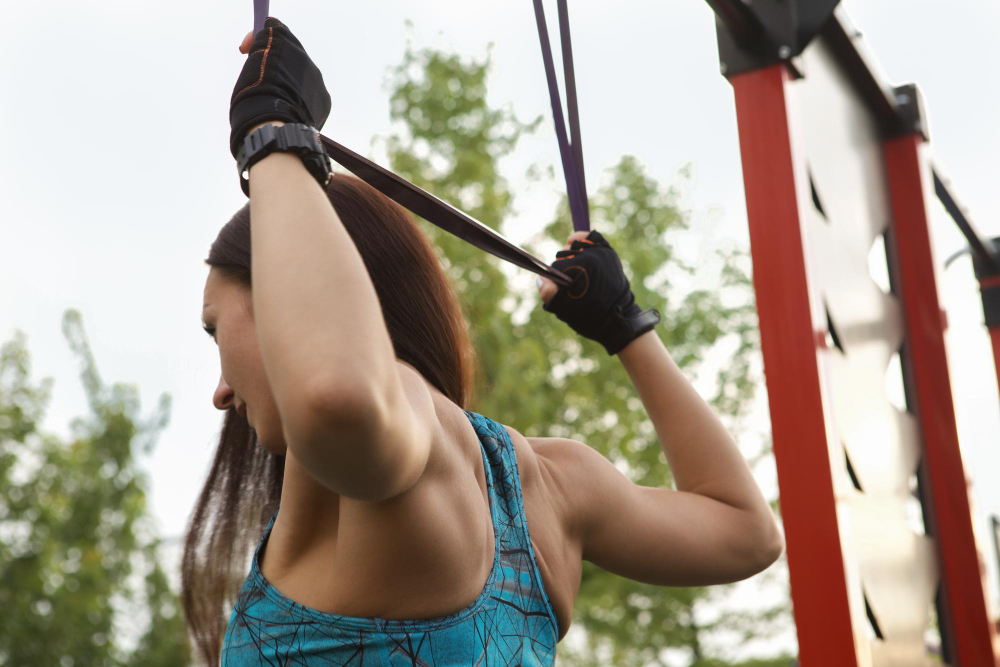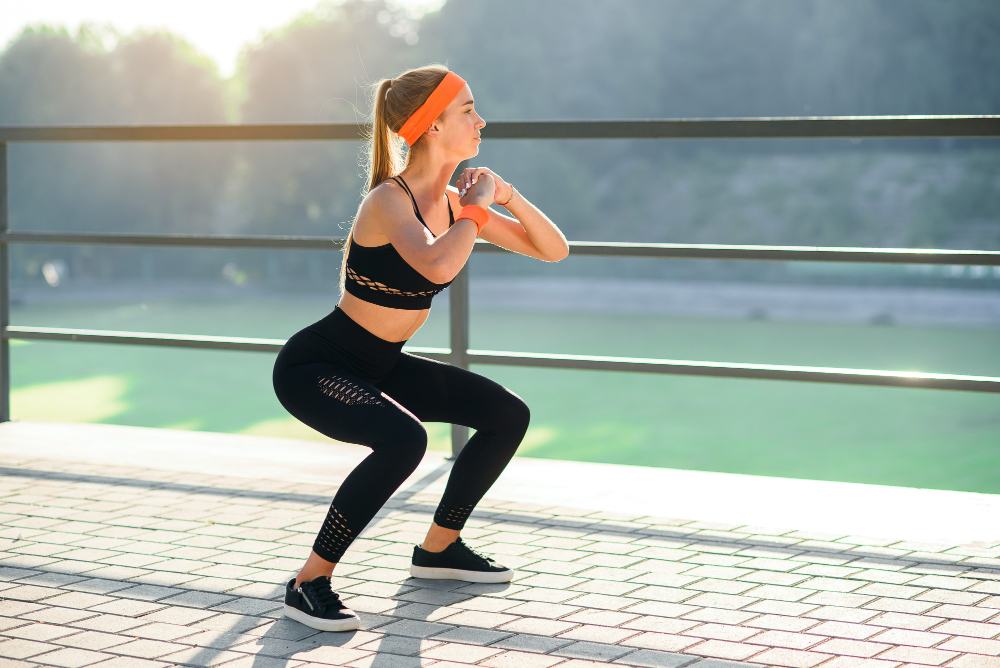When you’re hitting the gym, it’s easy to get caught up in trendy workouts or flashy equipment. But what really matters for long term progress and injury prevention isn’t how many machines you use, it’s how well you move. At the core of any smart fitness program are 5 key movement patterns to include squats, pushes, pulls, hinges and carries. These aren’t just exercises, they’re fundamental ways the human body moves and they show up in everyday activities as well as athletic performance.
Whether you’re lifting groceries, playing with your kids or training for martial arts, mastering these movements can make you more efficient, stronger and safer. These patterns form the blueprint for building total body strength and when trained correctly, they support better posture, mobility and coordination.
The great part? You don’t need to be an athlete or a gym junkie to benefit from them. Let’s explore each one in more detail and see how they fit into a practical, effective routine.
Squats are the Foundation of Lower Body Strength
The squat is a movement nearly everyone does daily, think sitting down or getting up from a chair. In training, squats are vital for strengthening the lower body, particularly the quadriceps, glutes, hamstrings and even the core. From simple bodyweight squats to more advanced variations like barbell back squats or goblet squats, this movement can be scaled to suit anyone’s fitness level.
Learning how to squat properly improves leg strength and overall stability. It’s also a great way to prevent injuries, especially around the knees and hips. People just starting out often benefit from wall sits or step ups before moving on to loaded movements. The key here is to focus on form, maintaining a straight back, keeping your knees aligned with your toes and bracing your core. If done right, squats are not only safe but incredibly effective. However, those with existing knee injuries should approach with caution and seek professional advice on modifications.
Pushes to Build Upper Body Power
Push exercises focus on strengthening the chest, shoulders and triceps. These movements fall into two main categories which are horizontal (like bench presses or push ups) and vertical (such as overhead presses). What makes pushing so effective is how it mimics everyday tasks like opening doors, lifting objects overhead or even getting up from the floor.
Push ups are often a good starting point, especially when done on the knees or against a wall for beginners. From there, you can progress to dumbbell or barbell presses depending on your comfort and strength levels. These movements also play a crucial role in posture and injury prevention. Proper form ensures the muscles do the work (not the joints) and keeps your shoulders in a healthy range of motion. If you’ve got any history of shoulder issues, it’s important to ease in gradually and consider alternatives that put less stress on the joint.


Pulls for Supporting Posture and Back Strength
Pulling movements are all about the muscles in your upper back, including the lats, traps, and rhomboids. These exercises balance out all the pushing and are essential for healthy posture, spinal alignment, and overall upper body strength. Pull-ups, lat pulldowns and bent over rows are examples of vertical and horizontal pulling exercises that should be in every routine.
Many beginners struggle with pull ups, and that’s totally normal. Lat pulldowns or resistance band rows are great entry points. As you build strength, you’ll find that everyday tasks like lifting or carrying things become easier, and aches from poor posture may start to fade. Pulling exercises also tend to be lower risk, since you’re generally not putting your body under a heavy load in an unstable position. However, it’s still important to use proper technique to avoid overuse injuries in the elbows or shoulders.
Hinges for Powering Your Posterior Chain
The hinge movement pattern is often overlooked but is critical for functional strength. Think deadlifts, kettlebell swings and hip thrusts these movements target the glutes, hamstrings, lower back and core. They’re especially helpful for building that “posterior chain” which is responsible for powerful, explosive movements and spinal stability.
Many people shy away from hinge exercises because they’re afraid of hurting their back. But the truth is, when done correctly with good technique and manageable weights, they can actually protect your spine by strengthening the muscles that support it. Start with bodyweight hip hinges or light dumbbell deadlifts to master the mechanics before adding heavier loads. Just be cautious if you have a history of spinal issues or sciatica, and always prioritize form over weight.
Carries are the Ultimate Functional Movement
Carrying weight might seem too simple to be effective, but that’s exactly why it works. Movements like farmer’s carries, suitcase carries and overhead walks are surprisingly powerful for building core strength, grip endurance, and full body coordination. These exercises simulate real life tasks like carrying groceries, suitcases or moving boxes.
Carries force your body to stabilize under load, which fires up your core and helps tighten your midsection. They’re also low impact and accessible to nearly everyone. You can start with light dumbbells and increase the weight as your grip and core get stronger. Carries are especially great for athletes, as they translate well into sports where movement under load is constant. Even for the average gym goer, they’re a smart, low risk addition to any routine.
Final Thoughts
Training these five basic movement patterns consistently lays the groundwork for a healthier, stronger body. Whether you’re just starting out or refining your technique, getting these fundamentals right will set you up for long term success. If you’re in Bangkok why not consult with our experienced personal trainers as they can help guide you through proper form, progression and custom programming, so you can train smarter and get the most out of every session.


